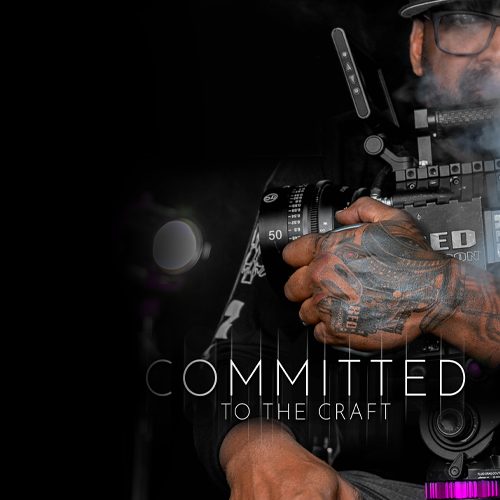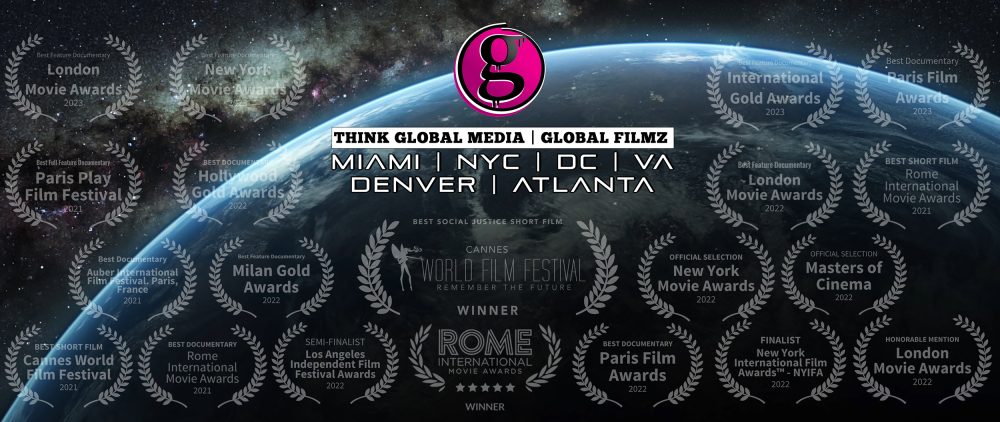
A Director’s Vision: How to Direct a Documentary
A Director’s Vision: How to Direct a Documentary
Directing a documentary is a creative and intricate process that requires a strong vision, storytelling skills, and the ability to connect with real people and events. In this article, we will provide a comprehensive guide on how to direct a documentary, from conceptualization to the final edit, and offer insights into the essential aspects of this captivating art form.
1. Conceptualization and Research
The journey of directing a documentary begins with a compelling concept and thorough research:
a. Choosing a Subject: Select a subject matter or topic that resonates with you personally. Passion for the subject will drive your dedication throughout the filmmaking process.
b. Extensive Research: Dive deep into your chosen topic through books, articles, interviews, and existing documentaries. Gain an in-depth understanding to inform your narrative.
c. Unique Perspective: Identify what sets your documentary apart. Determine the unique angle, story, or perspective you can bring to the subject matter.
 2. Pre-production Planning
2. Pre-production Planning
The pre-production phase is crucial for laying the groundwork for your documentary:
a. Production Plan: Develop a comprehensive plan outlining the scope, budget, and timeline of your documentary. This includes budgeting for equipment, location expenses, and other costs.
b. Assembling Your Team: Identify and recruit key crew members, such as a producer, cinematographer, sound engineer, and editor, depending on the project’s scale.
c. Securing Funding: Determine your budget and explore funding sources, such as grants, investors, crowdfunding, or personal savings.
d. Location Scouting: Visit and assess locations where you plan to shoot, ensuring they are suitable for your project.
e. Legal Considerations: Address legal aspects, including permissions, releases, and contracts for interviews, locations, and copyrighted materials.
3. Scripting and Storytelling
Crafting a compelling narrative is central to directing a documentary:
a. Create a Script or Treatment: Develop a script or treatment that outlines the narrative structure, key events, and the sequence in which they will be presented.
b. Visual Elements: Consider the visual aids, such as B-roll footage, archival materials, animations, and graphics, that can enhance storytelling.
c. Interview Planning: Plan and schedule interviews with relevant subjects, ensuring they provide valuable insights and information.
 4. Production and Shooting
4. Production and Shooting
During the production phase, you capture the footage required for your documentary:
a. Gathering Footage: Shoot the interviews, scenes, and B-roll footage as per your script or treatment. Utilize high-quality equipment, including cameras, sound recording devices, and lighting equipment.
b. Conducting Interviews: Interview subjects and experts, asking insightful and open-ended questions to elicit meaningful responses.
c. Capturing B-roll: Record supplementary footage, known as B-roll, that visually supports the narrative.
d. Adaptability: Be prepared to adapt to changing events or developments during filming. Documentaries often require flexibility to incorporate unexpected twists and turns.
5. Post-production Editing
In the post-production phase, you shape your documentary:
a. Reviewing Footage: Carefully review the recorded footage, selecting the most relevant and compelling content.
b. Episode Editing: Edit the footage, organizing it according to your script or treatment. Incorporate interviews, B-roll, narration, and other elements to create a cohesive narrative.
c. Sound and Music: Enhance audio quality and incorporate background music that complements the mood and tone of your documentary.
d. Visual Enhancements: Utilize color correction and visual effects to enhance the visual quality.
e. Fine-tuning: Continuously refine the edit to ensure your documentary is compelling, engaging, and emotionally resonant.
6. Collaboration and Feedback
Directing a documentary often involves collaboration and seeking feedback:
a. Collaborate with Your Team: Work closely with your crew and editors, encouraging open communication and creative input.
b. Review and Test Screenings: Share your documentary with trusted colleagues or a test audience to gather feedback and insights.
c. Incorporate Feedback: Use the feedback to make necessary adjustments and improvements to your documentary.
7. Distribution and Promotion
Once your documentary is complete, it’s time to share it with the world:
a. Film Festivals: Consider submitting your documentary to relevant film festivals that match your subject matter or style.
b. Distribution Platforms: Determine how and where you will release your documentary, whether through streaming platforms, television networks, or other distribution channels.
c. Marketing and Promotion: Develop a marketing strategy to create awareness, reach your target audience, and promote your documentary through various means, including social media, press releases, and public relations.
Directing a documentary is a multifaceted process that demands meticulous planning, dedication, and creative storytelling. By following the steps outlined in this guide, from conceptualization to distribution, you can produce a documentary that engages, informs, and inspires audiences while effectively conveying your unique perspective and storytelling vision. Each step plays a crucial role in crafting a compelling and memorable documentary, allowing you to make a lasting impact in the world of documentary filmmaking.
NARRATIVE FILM REEL
GLOBAL FILMZ EVOLUTION (2017 – 2022) REEL
MUSIC VIDEO PRODUCTION
MUSICAL ARTISTS LOOKING TO PRODUCE A MUSIC VIDEO? WE ARE A MIAMI BASED FULL SERVICE VIDEO PRODUCTION COMPANY, EQUIPPED WITH STATE OF THE ART SMART STUDIO / FILM SETS WHICH ARE PERFECT FOR CREATING A CONTROLLED ENVIRONMENT WHEN NECESSARY OR OUR FILM CREW CAN TAKE THE PRODUCTION TO THE STREETS/BEACHES OF MIAMI.
More Music Videos…(Click here)
Corporate Video Production
IN NEED OF PROMOTIONAL VIDEOS FOR YOUR BUSINESS? WE CAN HELP YOU SHAPE YOUR DIGITAL MARKETING STRATEGY BY INTEGRATING HIGH QUALITY, PROFESSIONAL CORPORATE VIDEOS.
More Corporate Videos…(Click here)
TV SHOW PRODUCTIONS
SITCOMS
DOCU-SERIES
HIDDEN CAMERA SHOWS
Behind the Scenes
More Behind the Scenes…(Click here)




 2. Pre-production Planning
2. Pre-production Planning 4. Production and Shooting
4. Production and Shooting


